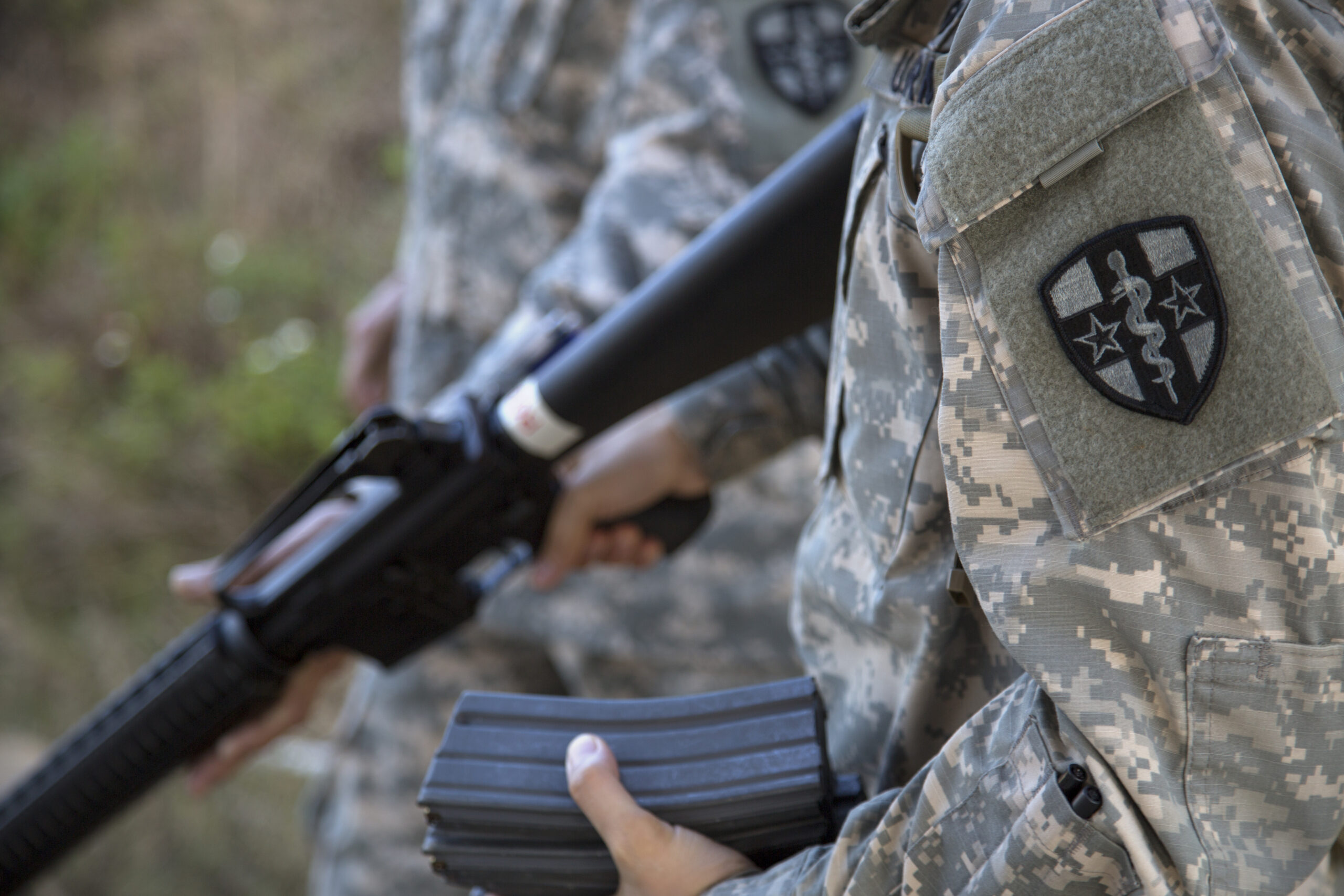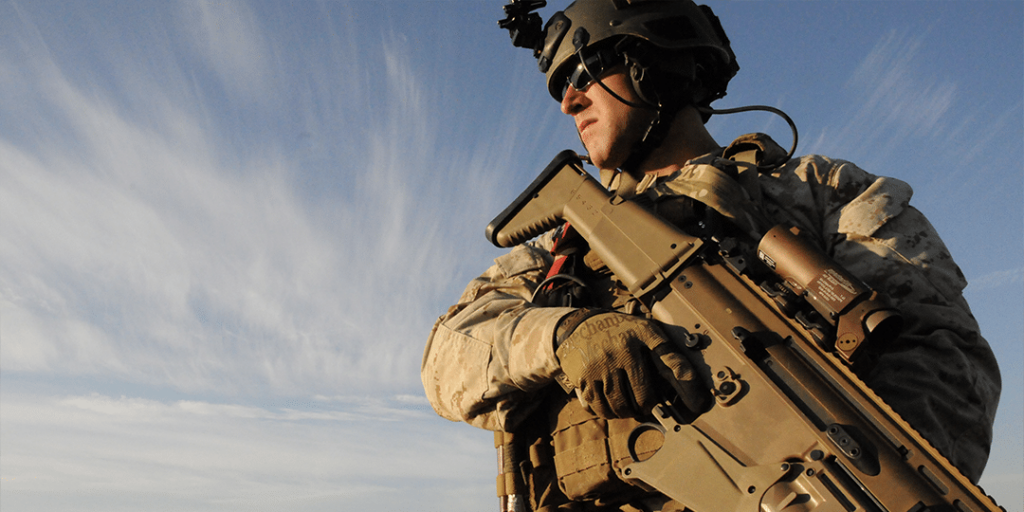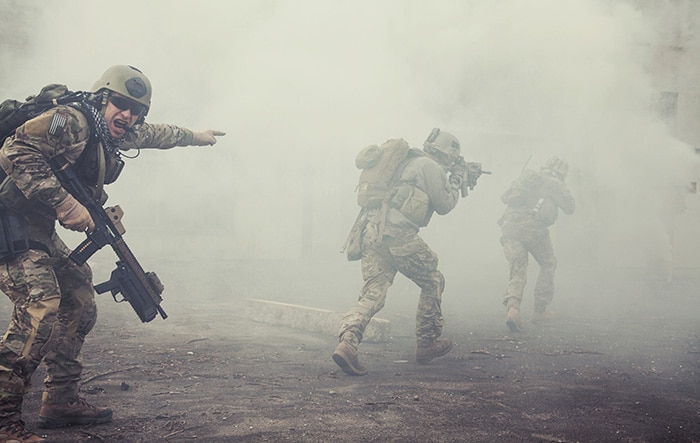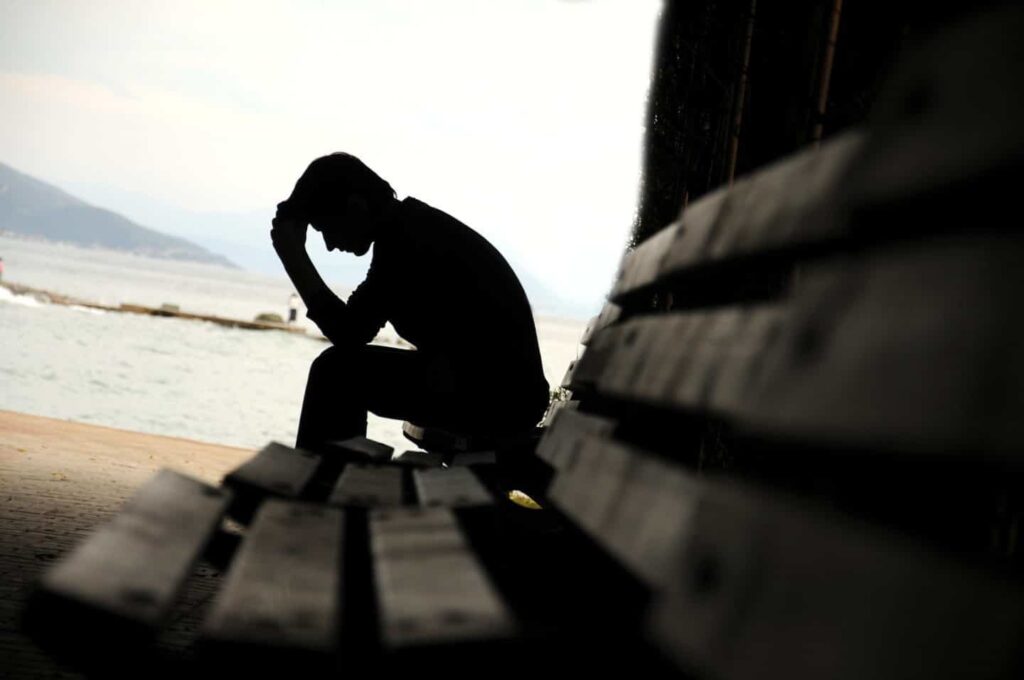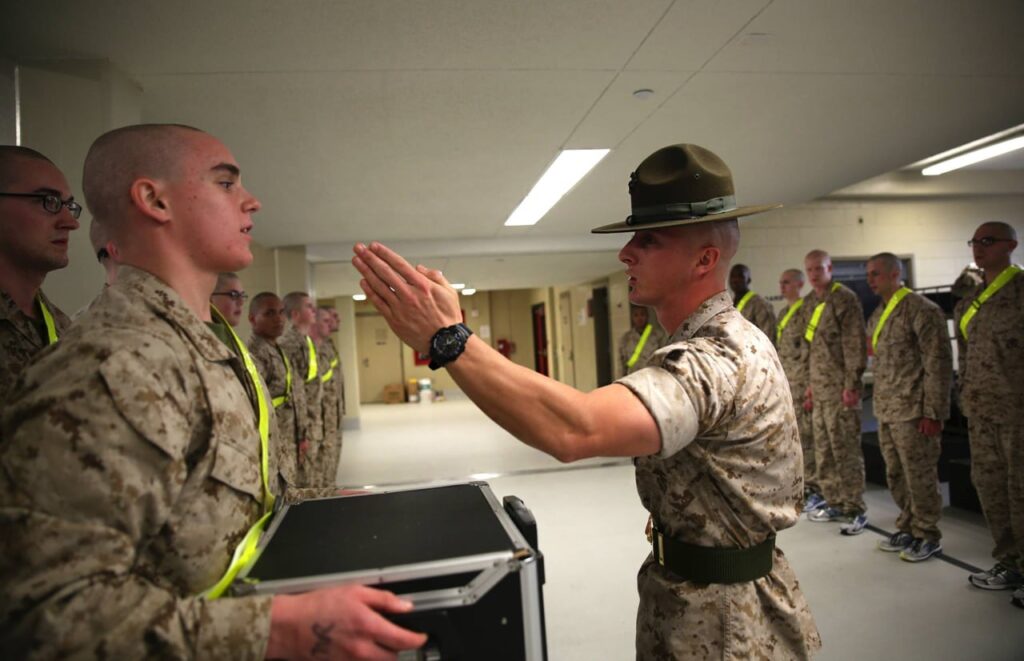The Army’s new rifle qualification standards are already being rolled out to units across the force, in the largest refresh of training and qualification tables since 1956. In a nutshell, these new standards mean soldiers will have less time to shoot from more positions, and it’s going to be tougher than ever to earn the coveted expert rating on your M16 or M4 service rifle.
New Training
Training has also been revamped to match to new standard, with the training and testing now broken down into six tables: preliminary marksmanship instruction and evaluation, pre-live fire simulation training, magazine and shooting position drills, grouping and zeroing, practice qualification and qualification. Shooters will not only be firing their rifles under normal circumstances, they will also be expected to fire at night and while wearing gas masks — both of which are meant to reflect legitimate combat possibilities.

No More Alibis
To make matters even more difficult, soldiers will also no longer be given “alibis” when they suffer a weapons malfunction. Traditionally, if a soldier’s weapon failed to fire during Army rifle qualification, they were given an opportunity to re-shoot that segment of the testing table. Now, however, soldiers will be expected to clear the malfunction and continue shooting. While this does present an increase in testing difficulty, it’s also seen as a more realistic form of evaluation, as weapons may malfunction in real combat scenarios.
Of course, if this all sounds rather intimidating, don’t worry. Soldiers will be given training in each element of the new Army rifle qualification course prior to their scored intervals. They will also receive refresher training on rifle fundamentals.

“Soldiers start by receiving a series of classes on how to properly zero the rifle, whether it’s a bare rifle or with optics,” said Staff Sgt. Tadeysz Showers, assigned to the 25th Sustainment Brigade. “Soldiers received classes on laser bore sight, Minute of Angle (MOA), zeroing process, windage, ballistics, and also received EST training and practiced position changes before going to a live range.”
Making Rifle Qual More Realistic
The intent behind all of these changes isn’t necessarily to make things more difficult, but rather to bring testing closer to the sort of shooting soldiers may be expected to do in real combat environments. Rather than testing a soldier’s accuracy under very controlled circumstances, soldiers will now be operating more independently in a more realistic fashion.
“The old qualification did not help in combat situations, so they incorporated magazine exchanges and position changes by yourself to represent combat,” said Staff Sgt. Tadeysz Showers, assigned to the 25th Sustainment Brigade. “No matter the military occupational specialty (MOS), any MOS can teach a Soldier how to do this new weapons qualification.”

Soldiers will be issued four magazines, each loaded with ten rounds. They will then be expected to engage 40 pop-up targets from four different shooting positions, exchanging magazines with each transition. Each soldier will start in the standing position, then go to the prone unsupported, then prone supported, kneeling supported, and finally, standing supported positions. The supported positions will utilize a barricade, and soldiers will have 8-10 seconds between positions to move their bodies and change out magazines. The magazines will not be stacked and ready as they have been in previous tests. Instead, they’ll be in the soldier’s kit, just like they would be in combat.
Less Instruction During Qualifying
While this represents a significant change from previous testing models, the biggest change in the Army rifle qualification for soldiers may be the lack of instruction provided during qualification itself. Previously, soldiers would be instructed by the Range Safety Officer in the range tower to change out magazines and change positions. Now, the only commands issued are to begin the table and when it has been concluded. Soldiers will be expected to navigate the rest of the table on their own.

“The new qualification is more challenging, but a lot more realistic,” said Lightning Academy Senior Instructor Staff Sgt. Daniel Martin. “Some Soldiers have never conducted magazine exchanges on their own without being told when to on the line during the Automatic Record Fire. The course is helping the Army become more efficient in urban combat scenarios.”
Some elements of the course remain unchanged however, including the scoring requirements. Although soldiers will have less time to fire, they will still be expected to hit 23 out of 40 targets in order to meet the qualification minimums. Hitting 23 to 29 targets will earn a soldier a Marksman rating, 30-35 hits will earn a soldier a Sharpshooter rater, and 36 or more will earn a solder an Expert qualification.
“This new weapons qualification is more combat oriented with changing positions, changing magazines and engaging the targets,” said Sgt. Octavius Moon assigned to the 25th Sustainment Brigade. “This will help Soldiers shoot better as well as make ranges faster and have more Soldiers qualified. It helps Soldiers become more knowledgeable about their weapon as well.”
